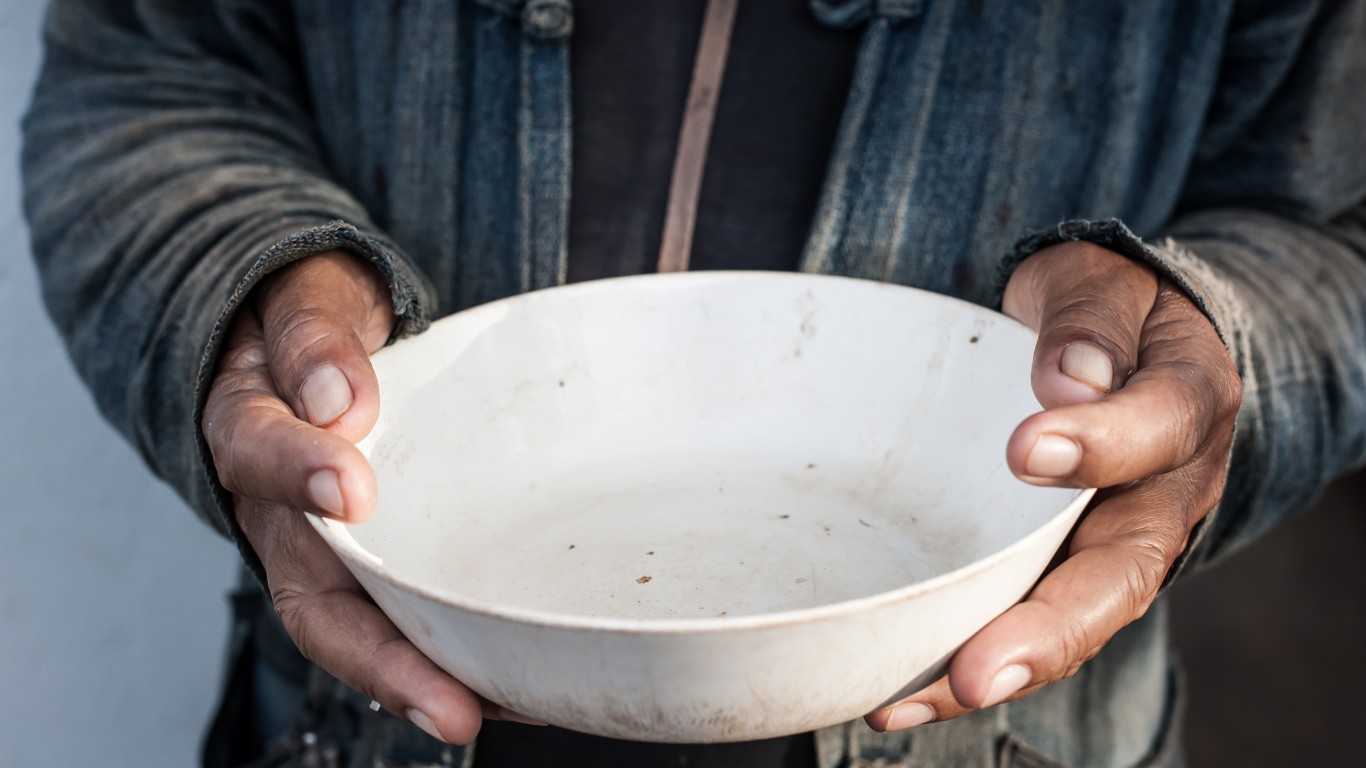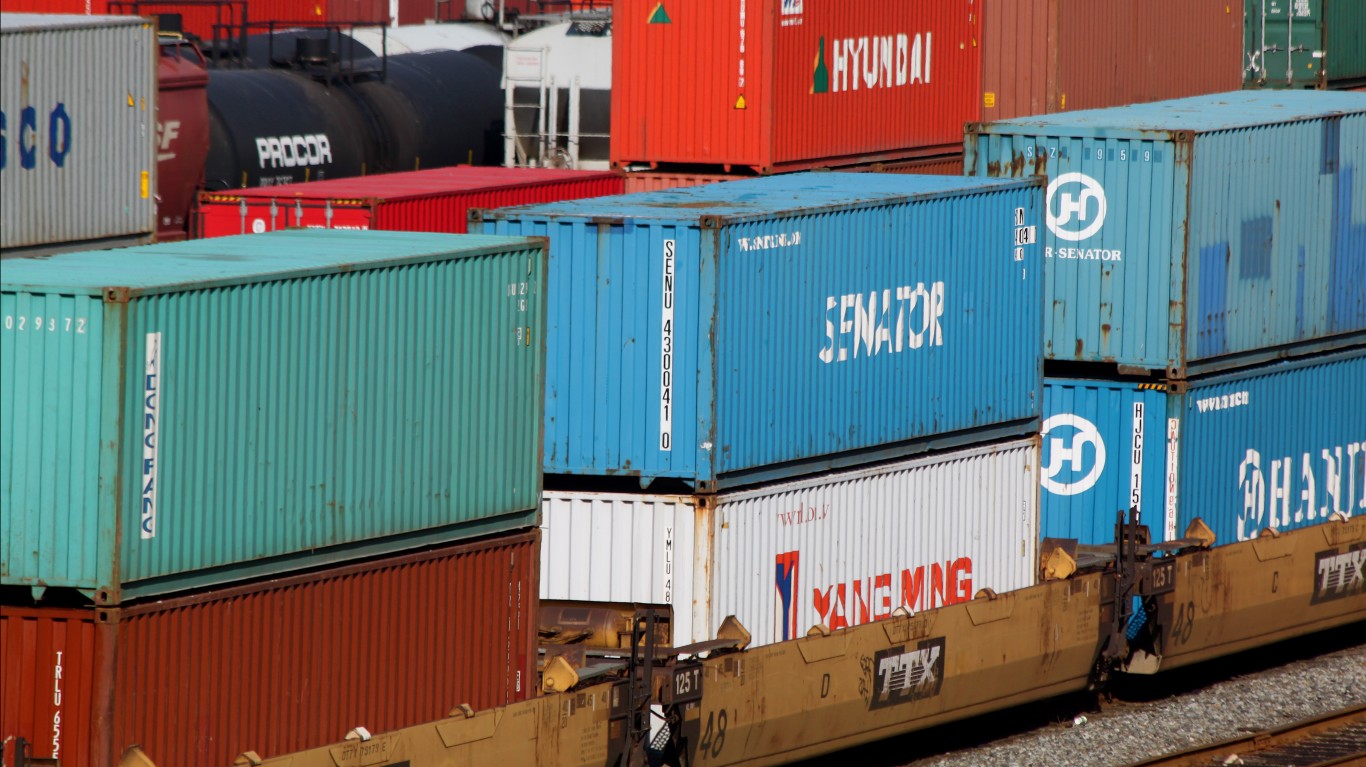
Shortly after the outbreak of COVID-19, the Census Bureau launched a vast initiative to measure the effects of the disease on Americans. It is called the Household Pulse Survey. So far, the results have been released in three phases, which began with the first study that was in the field starting April 23, 2020. The data is released by week.
Each weekly report actually covers about two weeks of information gathered by the Census Bureau and other federal agencies. Among the questions asked each week is whether any adults who respond “live in households where there was either sometimes or often not enough to eat in the last 7 days.”
Current data also covers Week 26 and includes the results of questions about income loss, the percentage of Americans who work from home, food scarcity, chances of eviction or foreclosure, difficulty in paying household expenses, whether people have received a COVID-19 vaccine and whether those not vaccinated plan to be vaccinated in the future.
The work is done in partnership with the Bureau of Labor Statistics (BLS), Bureau of Transportation Statistics, Centers for Disease Control and Prevention (CDC), Department of Housing and Urban Development, National Center for Education Statistics, National Center for Health Statistics, Social Security Administration and USDA Economic Research Service.
Data come from the 50 states, the District of Columbia and America’s largest metro areas.
The official term for people who have struggled to get enough to eat is “Food Scarcity.” According to the AAMC: “Feeding America, the largest hunger-relief organization in the United States, estimates that 17 million people in the country could become food insecure because of the pandemic, bringing the total to more than 54 million people in the country, including 18 million children.”
The state where “food scarcity” is the highest is Louisiana at 17.4%, followed by New York State at 16.4%. The economically poor southern states of Mississippi (13.1%) Alabama (12.3%), and Kentucky (12.1%) are near the top of the list. At the other end of the spectrum are Minnesota (4.3%), Hawaii (5.5%), Montana (5.9%), New Hampshire (6.3%), and Wisconsin (6.7%). Each of these, with the exception of Montana, are states with fairly high median household incomes.
Among the largest metro areas, New York City has the highest figure at 16.6%.
| State | Population | Percentage |
|---|---|---|
| Louisiana | 3,431,432 | 17.4% |
| New York | 14,847,080 | 16.4% |
| Mississippi | 2,189,670 | 13.1% |
| Nevada | 2,399,457 | 12.4% |
| Alabama | 3,717,378 | 12.3% |
| Kentucky | 3,344,102 | 12.1% |
| Texas | 21,356,906 | 12.1% |
| Arkansas | 2,246,527 | 12.0% |
| Georgia | 7,955,983 | 12.0% |
| Indiana | 5,015,550 | 12.0% |
| New Mexico | 1,589,574 | 12.0% |
| Oklahoma | 2,916,436 | 11.6% |
| Illinois | 9,546,424 | 11.5% |
| New Jersey | 6,776,822 | 11.4% |
| Ohio | 8,822,539 | 11.4% |
| California | 29,939,021 | 11.1% |
| Pennsylvania | 9,776,154 | 11.1% |
| Iowa | 2,342,905 | 11.0% |
| Nebraska | 1,418,191 | 10.6% |
| West Virginia | 1,379,576 | 10.6% |
| Michigan | 7,644,458 | 10.5% |
| Colorado | 4,454,718 | 10.3% |
| Arizona | 5,597,268 | 10.1% |
| Florida | 17,085,385 | 10.0% |
| Maryland | 4,586,920 | 10.0% |
| Missouri | 4,617,880 | 9.6% |
| Kansas | 2,140,957 | 9.3% |
| Virginia | 6,472,737 | 9.3% |
| Alaska | 524,925 | 9.2% |
| Connecticut | 2,732,423 | 9.2% |
| Tennessee | 5,221,475 | 9.2% |
| North Dakota | 561,016 | 9.1% |
| Rhode Island | 817,559 | 9.1% |
| South Carolina | 3,969,123 | 9.0% |
| Wyoming | 433,400 | 8.9% |
| South Dakota | 642,658 | 8.5% |
| Delaware | 754,637 | 8.4% |
| Vermont | 485,485 | 8.0% |
| North Carolina | 8,017,566 | 7.9% |
| Oregon | 3,302,727 | 7.8% |
| Idaho | 1,343,198 | 7.7% |
| Washington | 5,890,357 | 7.7% |
| Maine | 1,065,620 | 7.6% |
| Massachusetts | 5,324,065 | 7.5% |
| Utah | 2,281,207 | 7.1% |
| Wisconsin | 4,438,719 | 6.7% |
| New Hampshire | 1,073,014 | 6.3% |
| Montana | 822,204 | 5.9% |
| Hawaii | 1,073,229 | 5.5% |
| Minnesota | 4,241,624 | 4.3% |
Click here to see which is the poorest county in each state.
Take Charge of Your Retirement: Find the Right Financial Advisor For You in Minutes (Sponsor)
Retirement planning doesn’t have to feel overwhelming. The key is finding professional guidance—and we’ve made it easier than ever for you to connect with the right financial advisor for your unique needs.
Here’s how it works:
1️ Answer a Few Simple Questions
Tell us a bit about your goals and preferences—it only takes a few minutes!
2️ Get Your Top Advisor Matches
This tool matches you with qualified advisors who specialize in helping people like you achieve financial success.
3️ Choose Your Best Fit
Review their profiles, schedule an introductory meeting, and select the advisor who feels right for you.
Why wait? Start building the retirement you’ve always dreamed of. Click here to get started today!
Thank you for reading! Have some feedback for us?
Contact the 24/7 Wall St. editorial team.



